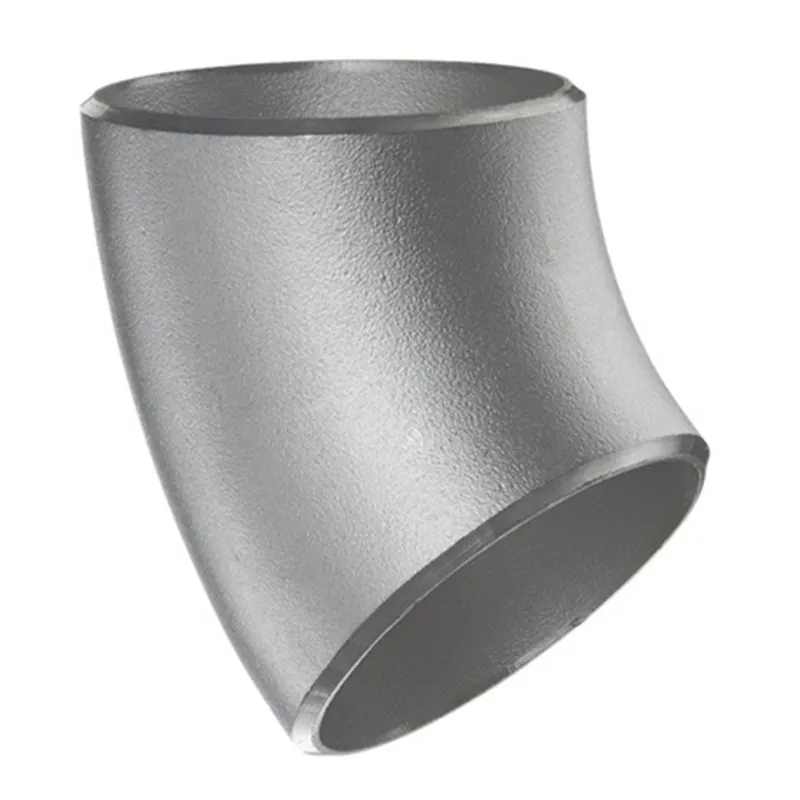-
Cangzhou Yulong Steel Co., Ltd.
-
Phone:
+86 13303177267 -
Email:
admin@ylsteelfittings.com
- English
- Arabic
- Italian
- Spanish
- Portuguese
- German
- kazakh
- Persian
- Greek
- French
- Russian
- Polish
- Thai
- Indonesian
- Vietnamese
- Zulu
- Korean
- Uzbek
- Hindi
- Serbian
- Malay
- Ukrainian
- Gujarati
- Haitian Creole
- hausa
- hawaiian
- Hebrew
- Miao
- Hungarian
- Icelandic
- igbo
- irish
- Japanese
- Javanese
- Kannada
- Khmer
- Rwandese
- Afrikaans
- Albanian
- Amharic
- Armenian
- Azerbaijani
- Basque
- Belarusian
- Bengali
- Bosnian
- Bulgarian
- Catalan
- Cebuano
- China
- China (Taiwan)
- Corsican
- Croatian
- Czech
- Danish
- Esperanto
- Estonian
- Finnish
- Frisian
- Galician
- Georgian
- Kurdish
- Kyrgyz
- Lao
- Latin
- Latvian
- Lithuanian
- Luxembourgish
- Macedonian
- Malgashi
- Malayalam
- Maltese
- Maori
- Marathi
- Mongolian
- Myanmar
- Nepali
- Norwegian
- Norwegian
- Occitan
- Pashto
- Dutch
- Punjabi
- Romanian
- Samoan
- Scottish Gaelic
- Sesotho
- Shona
- Sindhi
- Sinhala
- Slovak
- Slovenian
- Somali
- Sundanese
- Swahili
- Swedish
- Tagalog
- Tajik
- Tamil
- Tatar
- Telugu
- Turkish
- Turkmen
- Urdu
- Uighur
- Welsh
- Bantu
- Yiddish
- Yoruba

Dec . 07, 2024 09:31 Back to list
Exploring X52 Steel Pipe Applications and Benefits for Various Industries
Understanding X52 Pipe An Overview
In the realm of industrial piping, the term “X52 pipe” often surfaces, indicative of a specific grade of steel used for pipeline construction. The nomenclature “X52” corresponds to the American Petroleum Institute (API) standard, specifically API 5L, which is a widely recognized specification that details the requirements for the manufacture and testing of line pipes. These pipes are pivotal in the oil and gas industries, water transportation, and other applications where the integrity of the pipe is essential for safe fluid transport.
Composition and Characteristics
The X52 grade pipe is primarily composed of carbon steel, with specific chemical properties that enhance its performance under varying environmental conditions. The X in X52 signifies a certain yield strength, which is at least 52,000 psi (pounds per square inch). This significant yield strength allows the pipe to withstand high pressure while maintaining structural integrity. Furthermore, X52 pipes exhibit good weldability and can be easily fabricated, making them suitable for a myriad of applications, including those in aggressive environments.
Among the notable mechanical properties of X52 pipes are their impact resistance and tensile strength. These characteristics ensure that the pipes can endure dynamic loads and sudden changes in pressure, reducing the risk of leaks and ruptures. Thus, they are imperative for both onshore and offshore pipeline installations. The ability to withstand both high pressures and extremes in temperature is crucial for maintaining operational safety and efficiency in the oil and gas sector.
Applications of X52 Pipe
x52 pipe

The applications of X52 pipes are vast and varied. One of the most common uses is in the transportation of natural gas, oil, and other liquids over long distances. As industries continue to expand globally, the demand for reliable and durable piping systems has surged, driving the need for pipelines made from robust materials like X52.
Additionally, these pipes are employed in the construction of transmission lines, where they form the backbone of infrastructure that delivers essential resources. In certain cases, X52 pipes are utilized in trenchless construction techniques, allowing for the installation of pipelines with minimal disruption to the surrounding environment.
Corrosion Resistance and Coatings
While X52 pipes are designed for strength, their longevity can be compromised by environmental factors, particularly rust and corrosion. To counteract these threats, various coatings and treatments are employed. Common methods include the application of internal and external coatings, such as polyethylene or fusion-bonded epoxy, which protect the steel from corrosive agents. Corrosion-resistant alloys can also be used to extend the life of the pipes, thereby reducing maintenance costs and enhancing system reliability.
Conclusion
In conclusion, X52 pipe stands out as a vital component in modern pipeline systems, characterized by its high yield strength, impact resistance, and versatility. Its applications in the transportation of fluids and construction of infrastructure underscore its importance in various industries. As the demand for durable and reliable piping solutions continues to grow, understanding the properties and advantages of X52 pipes will remain key for engineers and professionals in the field. As technology advances and new challenges arise, innovations in materials and coatings will likely further enhance the capabilities and longevity of X52 pipe in the years to come.
Latest news
-
ANSI 150P SS304 SO FLANGE
NewsFeb.14,2025
-
ASTM A333GR6 STEEL PIPE
NewsJan.20,2025
-
ANSI B16.5 WELDING NECK FLANGE
NewsJan.15,2026
-
ANSI B16.5 SLIP-ON FLANGE
NewsApr.19,2024
-
SABS 1123 FLANGE
NewsJan.15,2025
-
DIN86044 PLATE FLANGE
NewsApr.19,2024
-
DIN2527 BLIND FLANGE
NewsApr.12,2024
-
JIS B2311 Butt-Welding Fittings LR/SR 45°/90° /180°Seamless/Weld
NewsApr.23,2024











